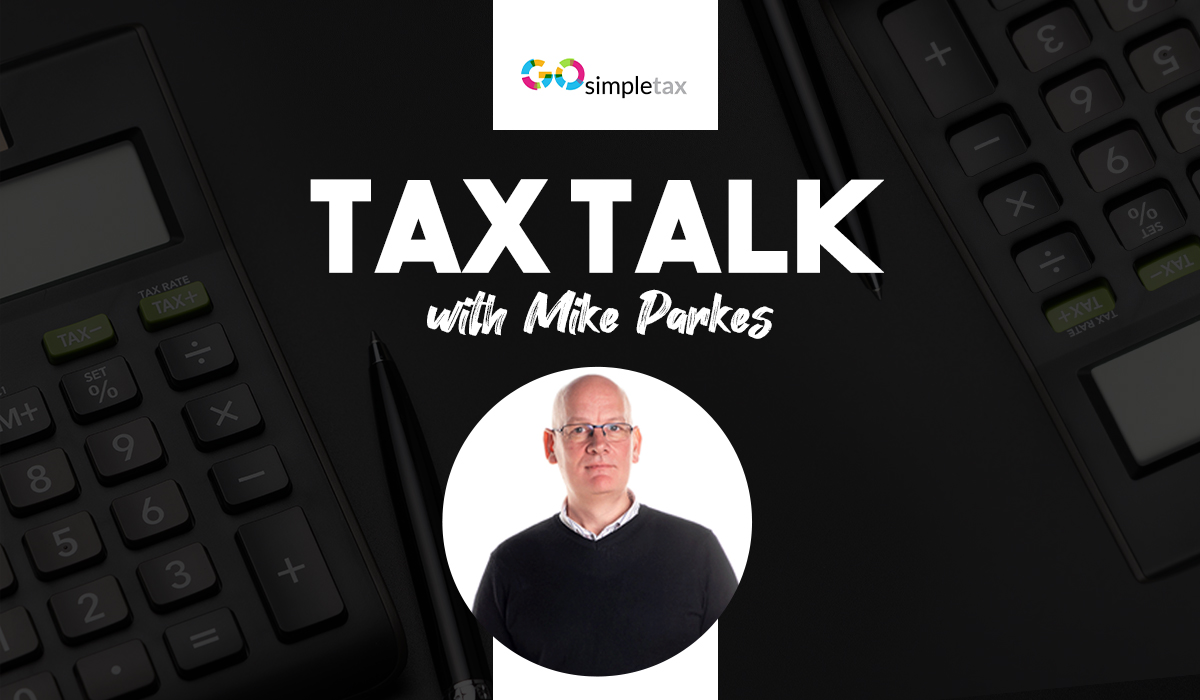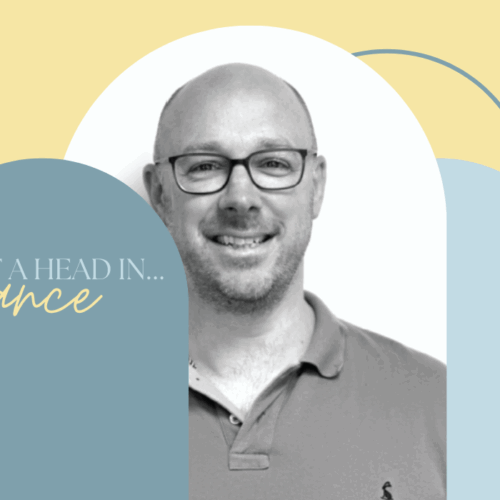The self-assessment deadline may have passed for another year, but there’s a huge amount to be said for keeping your financial affairs in order all year round.
Not only does it make the task of submitting your tax return simpler, but it also helps you keep on top of expenses, invoicing and allowances, to ensure your final tax bill properly reflects your outgoings and income.
One area that should be top of the list for professional hairdressers is claiming capital allowances – essentially, when you buy an asset for use in the business, you can deduct all or some of the value of the ‘plant and machinery’ item from your profits before you pay tax. This is particularly relevant in salons where there’s a significant outlay for equipment, such as backwash basin units, stand hairdryers, and styling chairs.
Capital allowances also cover refurbishing salons (in some UK areas), fixtures (for example, fitted kitchens or bathroom suites), and integral parts of commercial premises (including water, heating and air-conditioning systems).
So what do you need to know?
The Annual Investment Allowance (AIA) allows you to deduct the full cost of plant and machinery from your profits before tax. The AIA is a 100% capital allowance for qualifying plant and machinery that you buy – although tax may be payable if you later sell an item which you’ve claimed AIA. Here are some need to knows:
- The maximum amount of AIA you can claim in a tax year is up to £200,000.
- You can claim a new allowance in each tax year, but you can only claim AIA in the period in which you bought the item.
- You cannot claim on items you use outside of the business for personal use.
- If you have more than one business, you can claim AIA for each, but there are restrictions if the businesses are controlled by the same person.
However, key things to remember are you must own the item and not lease it; you cannot claim on items that were given to you, or you used for another purpose before; plus, you cannot claim AIA on business cars.
How do you claim?
First you need to work out your capital allowances, then you claim via your self-assessment tax return if you’re a sole trader (or via your partnership return if you’re part of a partnership). Your capital allowances (and any other reliefs and allowances) are deducted from your taxable profits and you are taxed accordingly.
Mike Parkes is Technical Director at GoSimpleTax – the online tax return and self-assessment software.
Find more TaxTalk articles here





